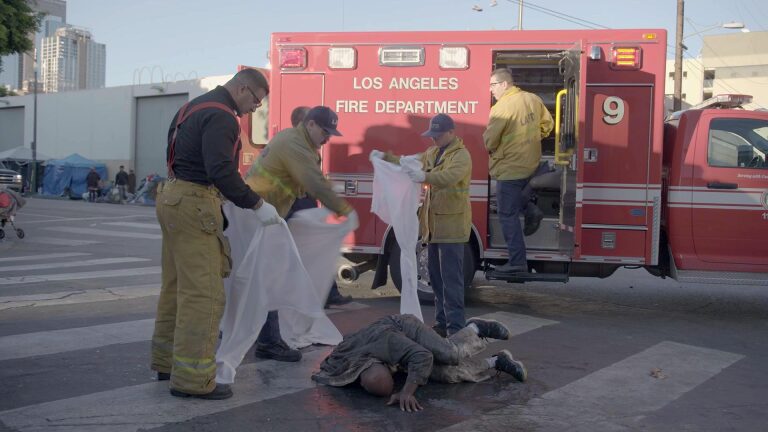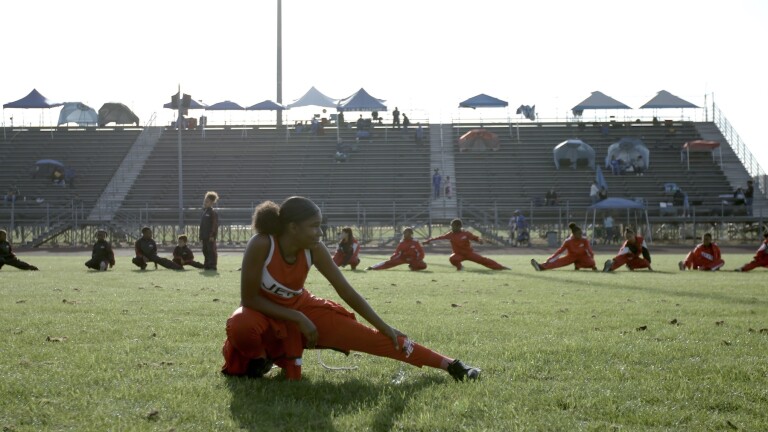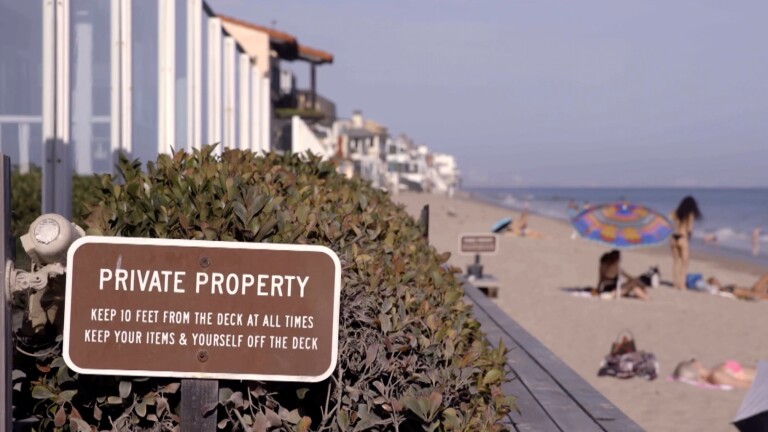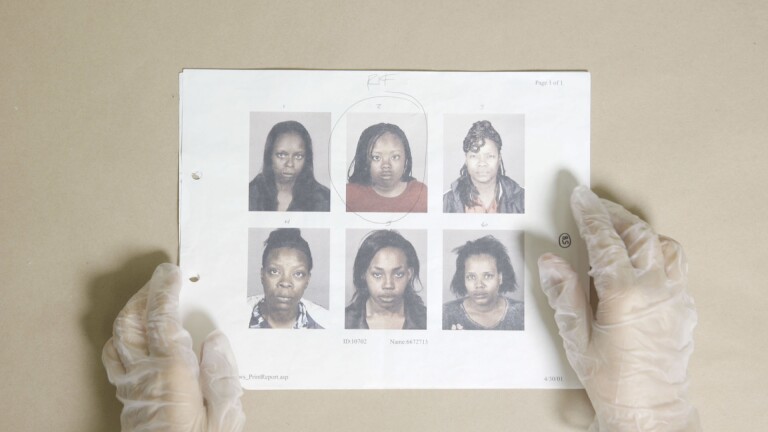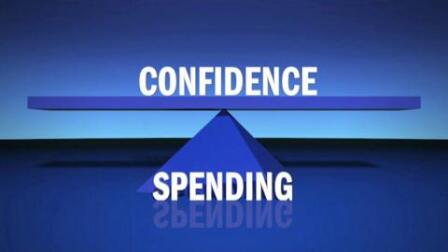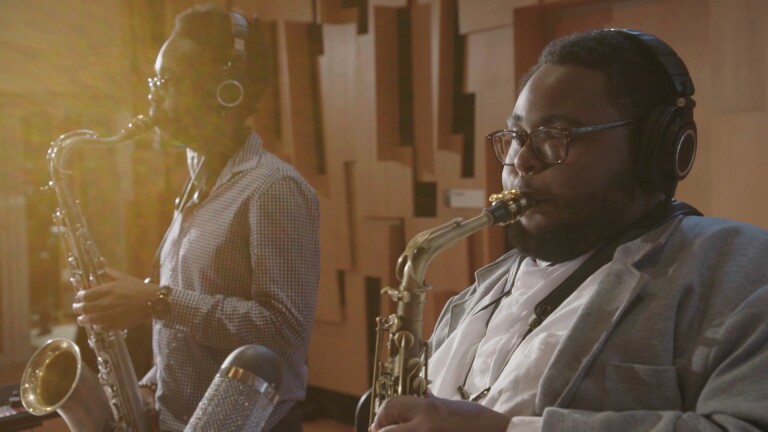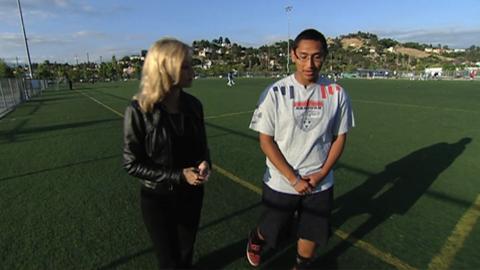
Park Poor
Fresh air and exercise are important to staying healthy, but did you know Los Angeles has the fewest parks of any big city in America? Correspondent Angie Crouch investigates why so many communities have been squeezed out of green space.
TRANSCRIPT:
Five little numbers can say a lot about you. They can predict how long you'll live, how much you'll earn, and if you'll go to college.
Disparities can be found in zip codes which sit side by side, and that's got the attention of Robert Garcia, director of the non-profit "City Project." Garcia studies the relationship between the health of a community and its access to green space. He took us to Los Angeles County's skinniest zip code — 90266.
That would be Manhattan Beach. So here we are in a gorgeous park, lots of fit, trim, healthy people. But it's not like this all over Los Angeles.
"Manhattan Beach has the lowest obesity levels in Los Angeles County according to the County Heath Department, at 4 percent. Manhattan Beach is also disproportionally white and rich," Garcia said.
It's also L.A. County's greenest zip code, with 5.6 acres of green space per 1,000 residents.
"Here in Manhattan Beach they are doing things right. They have a park here, a public school there, a pool over there, a playground for kids, the lake and natural green space for habitat, birds, turtles over there ... This is as good as it gets. This is what other cities can do," Garcia said.
Zip codes filled with predominantly white, affluent residents are statistically healthier and greener. Garcia says that's a social injustice.
"The quality of a person's health should not depend on where they live, the color of their skin or how much money they have," Garcia said.
But it does, at least in L.A. County.
The City Project's analysis of the region's demographics shows low-income, high minority areas have the highest amounts of obesity and the least amounts of green space. And there's no better example of that than 90270 in the city of Maywood, in East L.A.
"Maywood has point-six acres of park per thousand residents. Compared to Manhattan Beach which has 5.6 acres of park space per thousand residents, many times more," Garcia said.
It has just three parks for all 30,000 residents.
"This park, Maywood Park, is a very nice park to be here," Garcia said. "But it's a very different feel than Manhattan Beach. The park is located next to a water company, across the street from a propane company. There is constant humming. There are fences everywhere. A lot more concrete. Not very many places for physical activity. Very little green space."
And that may explain in part why Maywood is the fattest city in L.A. County.
"You have 37 percent obesity levels, according to the health department. Maywood is disproportionally Latino and disproportionally low income," Garcia said.
Maywood is like a lot of minority communities. Twenty-seven percent of the kids are obese, and nearly 40 percent of them live in poverty. Everyone pays the price for that disparity.
"California spends about 41 billion dollars on healthcare costs related to obesity and related diseases. There could be a lot of savings if we invested upfront in prevention," Garcia said.
Not only can parks shrink waistlines, but they can also shield you from other health hazards.
"At that time it was one of the most dangerous area in Los Angeles. Cypress Park, Glassell Park, it was famous for the gang activity, drug activity. You name it," said longtime resident and soccer coach Raul Macias.
Raul helped establish Taylor Yard, one of L.A.'s newest parks, built in one of the roughest parts of town — Glasell Park.
"This side of the beautiful park you see right now, you could find bodies up here. Bodies they‘d throw away," Raul said. "The gang members, they fighting here... It was something really ugly."
Natural berms surround it, acting as a barrier to drive-by shootings. They protect kids like Jossue Ramirez, who five years ago instead of joining a gang, signed up for Raul's soccer team.
"[Getting involved in soccer and being involved in sports] has really kept me out of trouble. As I came here more, been involved with the league more, help out Raul Macias and the league, he helped me be a coach," Jossue said.
For most neighborhood kids like Jossue, this park is the back yard and the front yard.
"This park has changed my life a lot. Ever since they built it, I've been here every day from Monday to Friday I’m here six to nine. And then the weekends I’m here all day," Jossue said.
Jossue is the reason why Raul established this park. But all of this didn't come easily. He and Garcia spent five years battling the city to save this land from becoming a warehouse.
"I've been an attorney for over thirty years. I’ve been a prosecutor, I prosecuted mafia, international drug trafficking cases... It is easier to do that work than to create parks and playground in the city of Los Angeles for children of color and low income families," Garcia said.
The process of getting a park built in Los Angeles can seem ridiculous — just look Ascott Hills in El Sereno. Since 2005, it's been through two groundbreakings and one reception.
"We have had phase one started five years ago and basically there is not much to it," said Val Marquez, president of the El Sereno Park Advisory Board.
It has taken six years to complete Ascot Hills, and East L.A. residents are still park poor compared to Westside dwellers.
"We have the biggest open space probably in L.A. But then we don’t have the parks that other communities have. So what is the solution? I don't know." Marquez said.
Some suggest reforming a little known law called the Quimby Act. It requires developers to set aside park space or money — known as Quimby funds — as compensation for developments. But in Los Angeles, city law requires that money and parkland must stay within two miles of the development.
And that creates lopsided districts. For example, Councilman Bill Rosendahl's District 11 in West L.A. has the most Quimby funds because it has the most developments. But Councilman Bernard Parks' District 9, in South Central, has the fewest Quimby funds despite being the most park poor area in Los Angeles. Why? Because it has little new construction.
And if Rosendahl wants to give Parks some money to build a new park? Forget it. No sharing allowed under the law.
Los Angeles wouldn't be living in park poverty if, 80 years ago, local leaders would have listened to a couple of brothers from Boston.
"The Olmsted brothers, they were brought to LA to think big and they do," said University of Southern California Prof. William Deverell.
The Olmsted brothers were sons of Fredrick Olmsted, who at the time was the world's most important landscape architect, responsible for Central Park in New York and the Emerald Necklace in Boston. In 1927, the sons were asked to design a green vision for Los Angeles County. Three years later, the plan was unveiled.
"I think if the Olmsted brother's plan had been enacted, I think we in the 21st century would live in a largely entirely different LA," said Deverell.
The vision called for a web of parks, trees, flowers, medians, mountains and beaches, much like you see today in Palos Verdes, which was also designed by the elder Olmsted. One quarter of the city is devoted to parkland. It's an example of what Los Angeles could have looked like.
"It has this kind of throwback to a vision of this is the lungs of the city. This is where not only the city breathes by way of its trees, but also people breathe freer in that system," said Deverell.
"If the Olmsted report had been implemented, today Los Angeles would be one of the most beautiful, sustainable green cities in the country, and instead that report was killed upon arrival," Garcia said.
The report was killed by the Los Angeles Chamber of Commerce in a struggle over money and power.
That was 80 years ago, but the politics of green space — who has it and who doesn't — continues today in the most park poor city in America.

